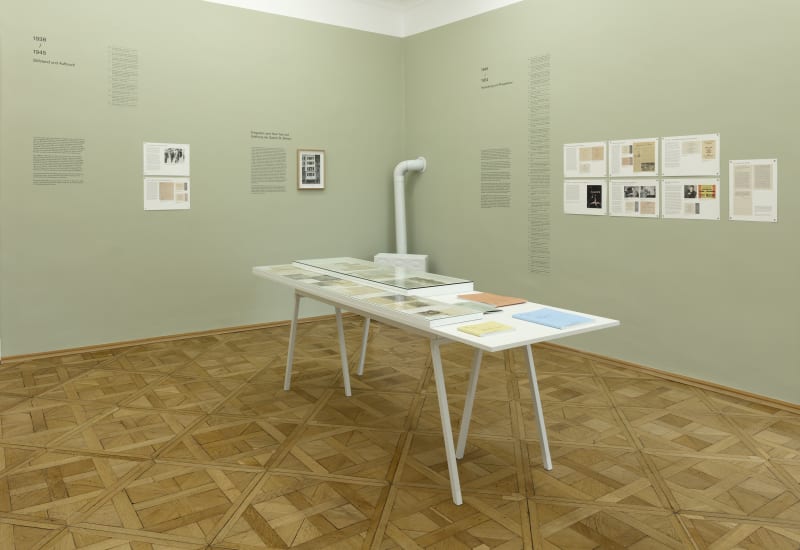“An artists’ salon called Neue Galerie has opened at Grünangergasse 1, on the corner of Schulerstraße, with a Schiele exhibition,” reads the New Free Press’s first mention (November 29, 1923) of the Vienna gallery whose multifaceted program would leave a lasting mark on the Austrian scene over the ensuing three decades. Founded by the art dealer and publisher Otto Kallir-Nirenstein, the gallery initially focused on Austrian modernism and the avant-garde. After World War II, the program was influenced by the cultural policies of the Allies and the search for an Austrian cultural identity – all against a backdrop of enormous political upheaval.
The Galerie nächst St. Stephan Rosemarie Schwarzwälder (originally Galerie St. Stephan) has occupied the original rooms of the Neue Galerie since 1954. Marking the centenary of the Neue Galerie’s founding allows us to reflect on the period between 1923 and 1954 and in so doing, to engage more deeply with the history of our own gallery. The Neue Galerie’s trajectory was shaped by fundamental shifts in political, social, and art historical paradigms, which are made visible by the installation of each of our galleries. Selected documents, including correspondence, photographs, exhibition invitations, catalogues, as well as press items from the archives of the Neue Galerie and the Kallir Research Institute.
